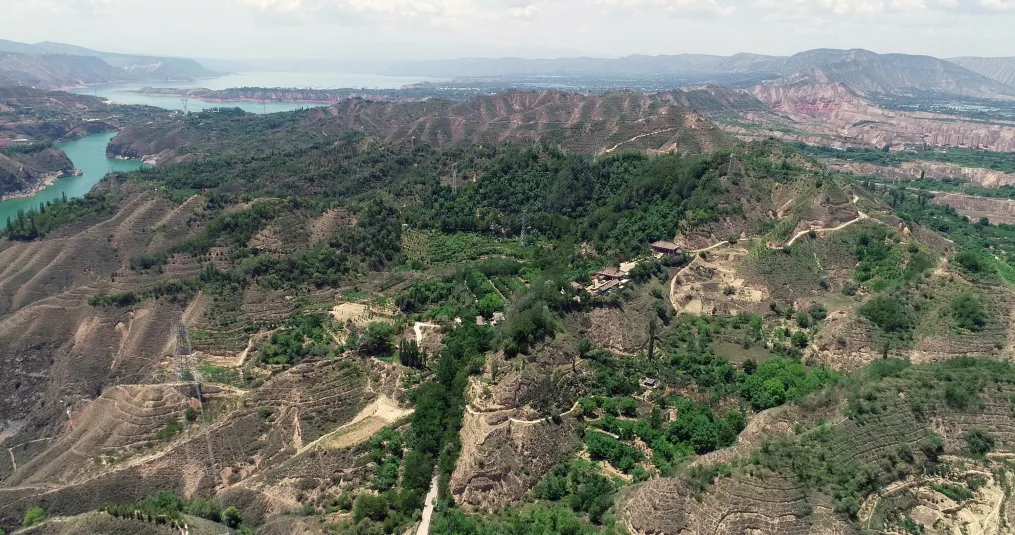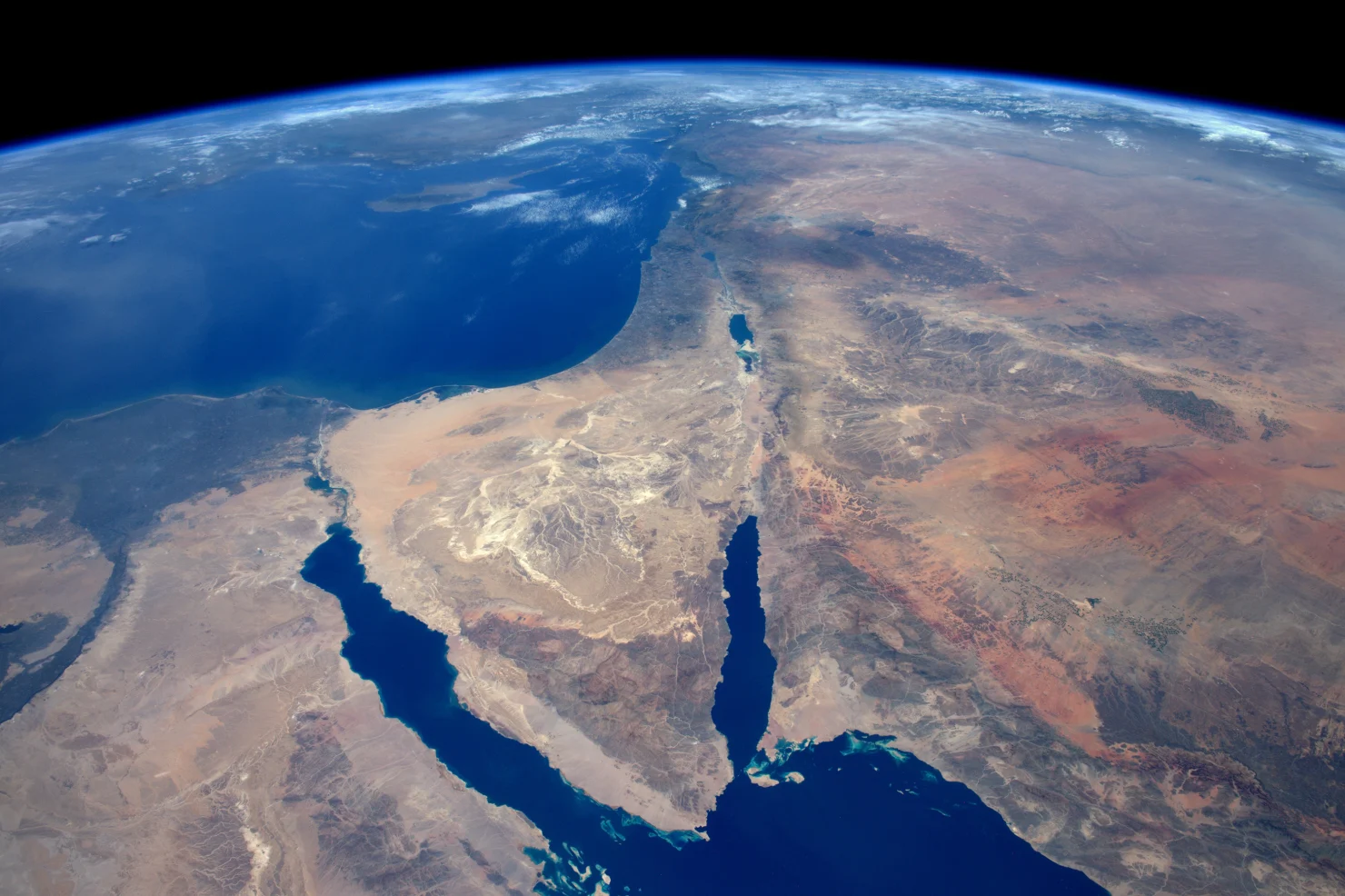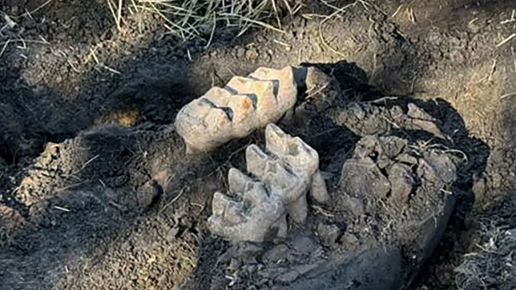Ties van der Hoeven, a Dutch engineer, has set his sights on reviving Egypt's Sinai Peninsula, a once-fertile land now turned arid. His ambitious plan involves restoring roughly 13,500 square miles of desert by enhancing plant and animal life, boosting rainfall, and absorbing carbon dioxide. Drawing inspiration from past successes like the regreening of China's Loess Plateau, van der Hoeven’s strategy includes using nutrient-rich sediments dredged from Lake Bardawil to revitalize the surrounding landscape. By planting salt-tolerant vegetation, he aims to create a cycle of increased evaporation, cloud formation, and rainfall, potentially transforming the local climate. Green mountains and the blue-green waters of the Yellow River on the Loess Plateau in Yongjing, Gansu province, China, July 24, 2023. Costfoto/NurPhoto/Getty Images
Green mountains and the blue-green waters of the Yellow River on the Loess Plateau in Yongjing, Gansu province, China, July 24, 2023. Costfoto/NurPhoto/Getty Images
However, the project is not without controversy. Critics caution that such large-scale ecological interventions could disrupt existing ecosystems, alter climate patterns, and strain water resources. Concerns also arise about the impact of introducing non-native plants that might become invasive or require excessive water. Despite these challenges, van der Hoeven argues that with climate change and biodiversity loss accelerating, bold actions like desert regreening are essential. He believes that restoring degraded lands is not just possible but necessary, emphasizing that there is no time left for inaction.







